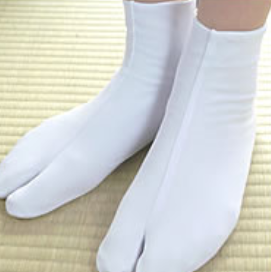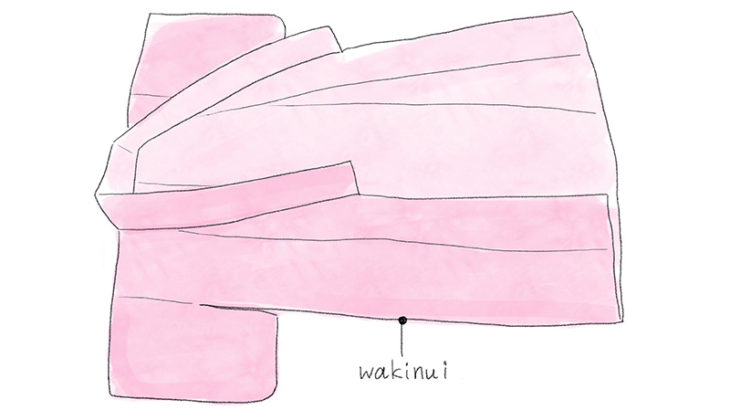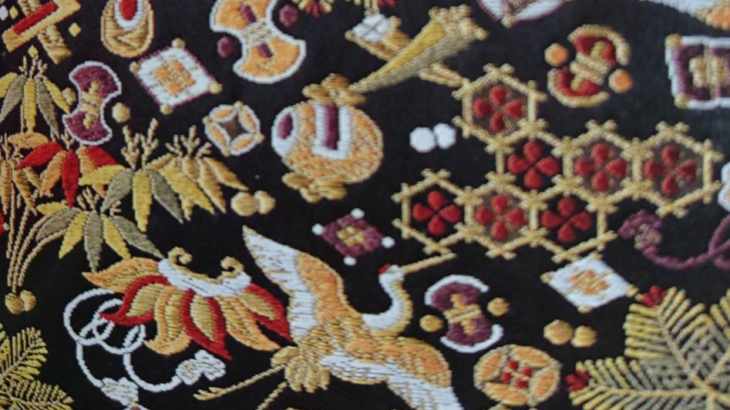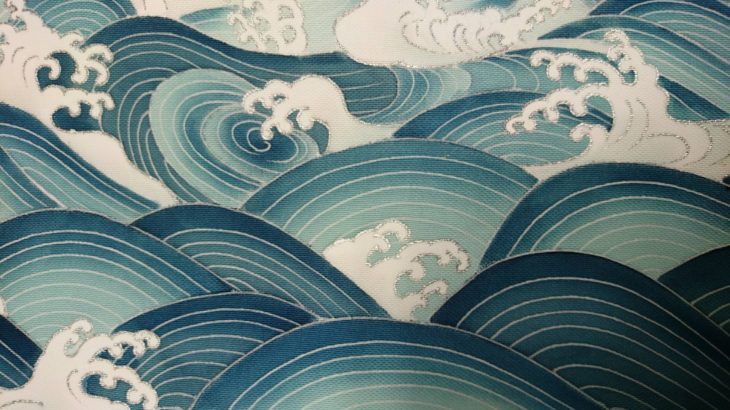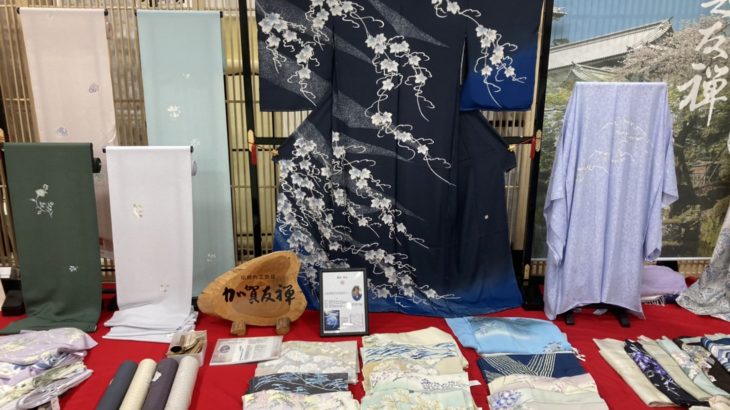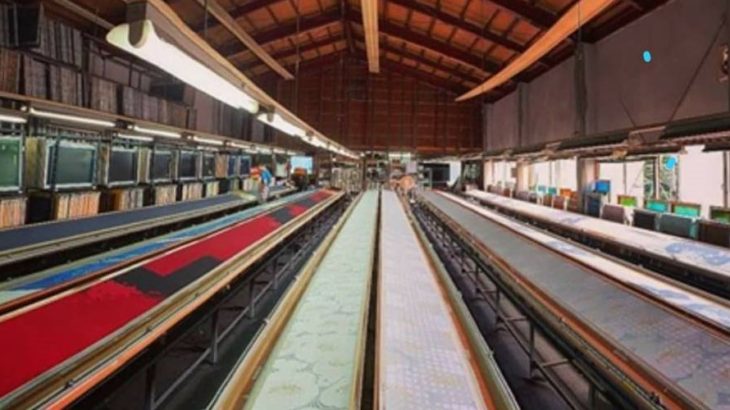Hello, I’m Shinji aka Warashibe Choyja (Straw Millionaire). This time, I would like to talk about the types of tools required for dressing. I will introduce how to wear it from the top of the clothes in the future, but since I have been involved in kimono for 20 years, I will first introduce the tools for correct wearing. There are several schools in Japan regarding how to wear kimono and tools, so I would like to mention that this is not all. 1, About underwear ①”Kimono bra” Underwear that makes your outfit look more beautiful A brassiere for holding down your chest and flattening it. Clothes bras emphasize “pulling and raising”, while Japanese bras emphasize “flattening and holding”. If you use a kimono bra, you can get on the obi and the chest that doesn’t look beautiful will be refreshed, and you will get the most beautiful line when you wear a kimono, so it is a must-have item. ②”Tabi” kimono socks Tabi are so-called “socks” for kimono. Generally, it comes with a small oval metal fitting called “Kohaze”. It is designed to be hooked on the string at the top of the heel and the Achilles tendon. (Some […]
Hello, I’m Shinji aka Warashibe Choyja (Straw Millionaire).This is an article about kimono for the first time in a long time. This time I would like to talk about how to fold a kimono. This article uses text, but I am also making a video, so I will announce it in this article as soon as it is completed. 1. How to fold a kimono (hondatami) ①Spread the kimono so that the collar is on the left, and fold it along the right side stitch(wakinui). ②Fold the okumi in the foreground from the seam to the front, and fold the collar and shoulders inward. ③Hold the collar and hem on the other side and overlap them exactly, and also overlap the collar, erisaki, and erishita. ④Hold the wakinui on the other side and fold it in half along the senui to match the side stitch on the front side. Stack the body and sleeves. ⑤Put the upper sleeve on the body, fold the length in half and put it on the folded sleeve. ⑥Hold the overlapping part of the right sleeve ridge, hem, and collar and turn it over. ⑦Put the sleeves on the body. ⑧Complete. 2. How to fold […]
Hello, I’m Shinji aka Warashibe Choyja (Straw Millionaire). This time, the Japanese pattern will be Japanese as it was last time. This time, I would like to include a little specialized story that even Japanese people do not know. As an aside, the other day I went to Tokamachi City, Niigata Prefecture for a kimono job. Tokamachi at this time has a lot of snow. There is also a kimono called “Akashi Chijimi” that uses this snow to make dough using a technique called “Yuki Sarashi”, but I would like to introduce that as well if I have the next opportunity. Let’s return to the story of Japanese patterns. 1. Hakata-ori Kenjyogara(Tribute pattern) Among Hakata-ori, there is a pattern called a tribute pattern (to give to the lord = ”Kenjousuru” in Japanese). It was named as a gift because Nagamasa Kuroda delivered it to the Edo Shogunate as a gift in 1600 during the Edo period. Although it is not well known in Japan, this pattern has a meaning for each line, so I will introduce it in a little more detail. 1-1 Tokko Buddhist implements and legal instruments that are said to crush worldly desires. Originally a weapon possessed by […]
Happy new year. I’m Shinji aka Warashibe Choyja (Straw Millionaire). I would like to talk about patterns that are often used in kimono. Various patterns are used for kimono. Each of the patterns has a meaning, but the number of Japanese people who know the meaning of the pattern is decreasing. Some people involved in kimono and culture know about some patterns. Recently in Japan, an anime called “Kimetsu no Yaiba” has become popular, and there are various patterns in that anime, so this time I will talk about that. Kamon (family crest) Many family crests in modern Japan have become “Gosan no KIri”, “Agehacho(swallowtail butterfly)”, “Tsuta(ivy)”, etc., and are still written on prestigious kimonos. Its origin is said to be the latter half of the Heian period (794-1192), and it is said to be a pattern used by aristocrats, and the meaning gradually changed during the Kamakura period (1192-1333). In the second half, most samurai families began to carry the “Kamon” as a sign of their own home. During the Nanbokucho period (around 1336 to 1392), it was popular among samurai to put a Kamon on their clothes, and after that, clothes with a coat of arms came to […]
Hello, I’m Shinji aka Warashibe Choyja (Straw Millionaire). This time, I will talk about “Japanese kimono” that I have been involved in for nearly 20 years. There are two types of kimono: formal kimonos that participate in ceremonies and everyday kimonos that you can wear at any time. In addition, each kimono has a kimono that suits the four seasons of Japan and how to make it. Roughly speaking, spring … HITOE, summer … USUMONO, autumn … HITOE, winter … AWASE, single clothes and AWASE have different seasons depending on how they are tailored. What is called USUMONO is called SYA or RO, and the weaving method of the kimono fabric itself is different. There are countless techniques for dyeing patterns such as Yuzen, gold, Japanese embroidery, and batik. Some dye the thread first, while others dye the woven one, and there is also a distinction between formal wear and everyday wear depending on the weaving method and dyeing method. The types of obi and how to match them are also distinguished. Those overseas who read this article will be told that it is “too difficult”. In fact, it is said that it is difficult for many Japanese to distinguish […]
Nice to meet you, I’m Shinji aka Warashibe Chojya (Straw Millionaire). I am passionate about Japanese culture and traditions. I find great value in them and would like to pass these traditions to the world. I have worked feverishly for the last 20 years here in Japan to teach these traditions and customs. Through kimono sales, manufacturing/wholesale business, tailoring, dressing class management, tea ceremony classes, flower arrangement classes, and Japanese food/table manners classes. I have met and helped many people. With the Corona Virus outbreak the 2020 Tokyo Olympics have been cancelled. And with that, a lot of tourism has decreased for Japan. So I’m looking for new avenues to help spread Japanese culture, traditions, and past times. I’m looking to collaborate with skilled craftsman from Swordsmithing to Kimono crafters, and any Japanese cultural/traditional experts and spread that throughout the world! I believe the entire world could benefit with a little more culture, am I right? Warashibe-Chojya (Straw Millionaire) It is a fairy tale as a story of repeatedly bartering straw, which is famous overseas, and finally exchanging horses for mansions and becoming a millionaire. In Japan, the original story is set in “Konjaku Monogatari Shu” (around 1120-1149), but the […]
